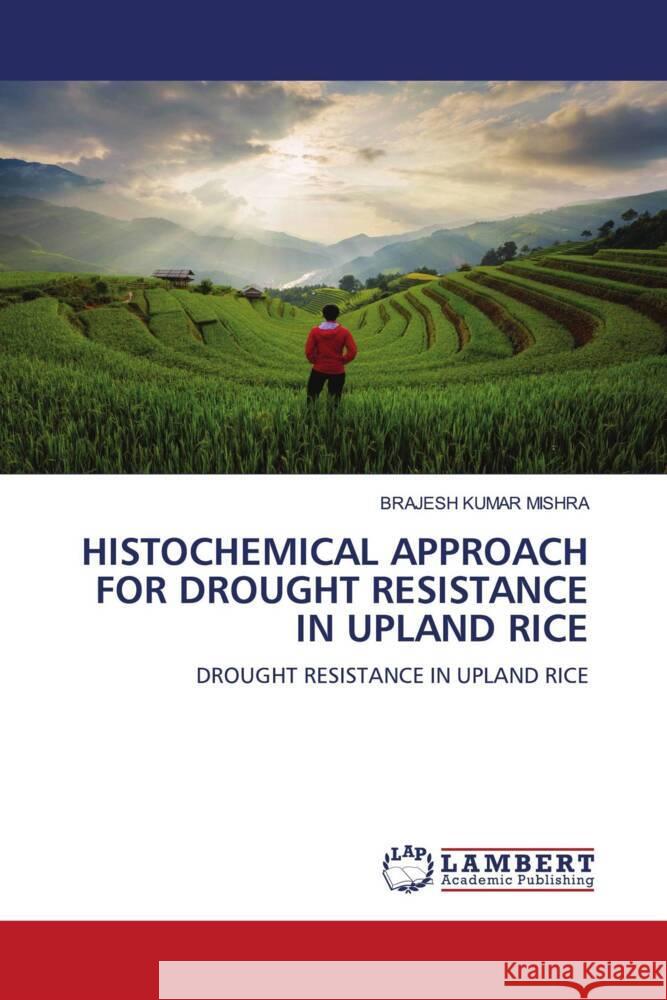HISTOCHEMICAL APPROACH FOR DROUGHT RESISTANCE IN UPLAND RICE » książka
HISTOCHEMICAL APPROACH FOR DROUGHT RESISTANCE IN UPLAND RICE
ISBN-13: 9786206788072 / Angielski / Miękka / 136 str.
Rice being the staple food for more than 70% of the population and the source of livelihood for more than 150 million rural households, is the backbone to Indian Agriculture. At 89.5 million tonnes, it accounts for 43% of food grain production and 55% of cereal production. Rice is cultivated under diverse climatic, hydrological and edaphic conditions, has been adapted to various climatic situations, and is grown throughout the year from below sea level in Kerala to 2000 metre elevations in the Himalayas, from 80N latitude in Kanyakumari to 350N latitude in Kasmir. Upland rice is grown in a wide range of environments in terms of soil, moisture regime, climate and elevation. The histochemical approach on accumulation and remobilization of starch at flowering stage drought in upland rices is relevant to know the varietal differences in carbohydrate accumulation and remobilization pattern in rice for better use of constraint in the breeding program.











